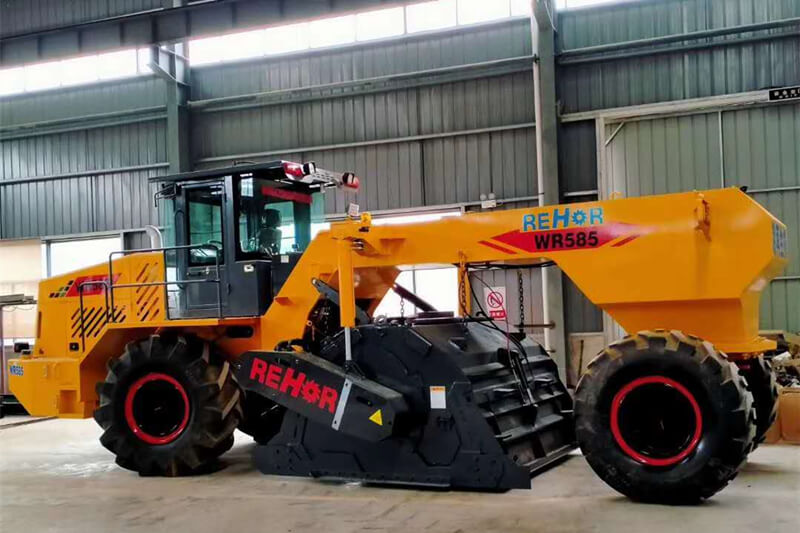Soil Stabilization

Road construction requires meticulous planning and observing the instruction put forward by the engineering department to ensure compliance. One of the areas that are crucial in road construction is planning. From the underlayer to the top asphalt or concrete layer, the most crucial thing is the proper mixing of the materials. It is one of the critical stages because it will eventually determine the quality of the road that will be constructed. The Soil Stabilization or Road Reclaimer, is one of the tech advances in the road construction industry.
TheSoil Stabilization is a process by which the materials on the site are mixed properly to achieve compliance with the road construction guideline. There are many approaches to mixing materials in-situ, but there are strict guides that are always provided by the engineering department to ensure that the quality of roads is maintained.
For a standard Soil Stabilization, there are several steps that must be observed to ensure quality work. The first step should be the treatment of the underlayer. This is the base of the road and should be constructed as per the standards provided by the engineer. Rolling standards should be maintained for the quality road. The humidity of the soil should also be maintained to the required standards. There are water cars that are meant for this process to ensure adequate distribution of water over the surface.
With the under layer constructed, the second step is the preparation of the construction work. You should consider using the old pavement and the upper materials for the new road. The stones and aggregates can be recycled back the road. Then use plow, bulldozer, and a soil loosener equipped with long blades to loosen with the upper part of the road being restored. The loosening of the soil must reach the predetermined depth.
The third step should be constructing lofting. Depending on the grade of the road, there are several things that should be installed, including wire piles and the indicating piles. Make sure that the measurement is taken on all factors, including the topography of the land, distance, and so on.
The fourth step should the mixing of the raw materials. Due to the large volumes of the materials that need to be mixed, the user machine is highly recommended. Start with mixing crushed stones and lime to the soil and use a mixture machine to mix the materials. Mix till the color of the mixture is consistent to avoid gray bars or clusters.
The fifth step is material backfilling. This step involves working on the compactness of the soil as well as soil distribution. Then spread the crushed stones over the soil before leveling the gravel is crucial. The last thing you should do on material backfilling is the distribution of the cement evenly and scrape it evenly.
The next step is shaping and rolling. The step involves rolling over the mixed raw materials for reshaping purposes. Roll forming follows reshaping. A vibratory roller, three-wheeler, or heavy tire roller of more than 12t should be used for roll forming. The stage is meant to acquire the highest compactness. The surface should always be moist for better results
The seventh and last stage of the Soil Stabilization should be should treating the new road surface, which should not be less than 7 days. The treatment starts immediately after the completion of the rolling. That is basically what a standard road mixing method should look like. However, high quality and advanced equipment are needed for quality work.


